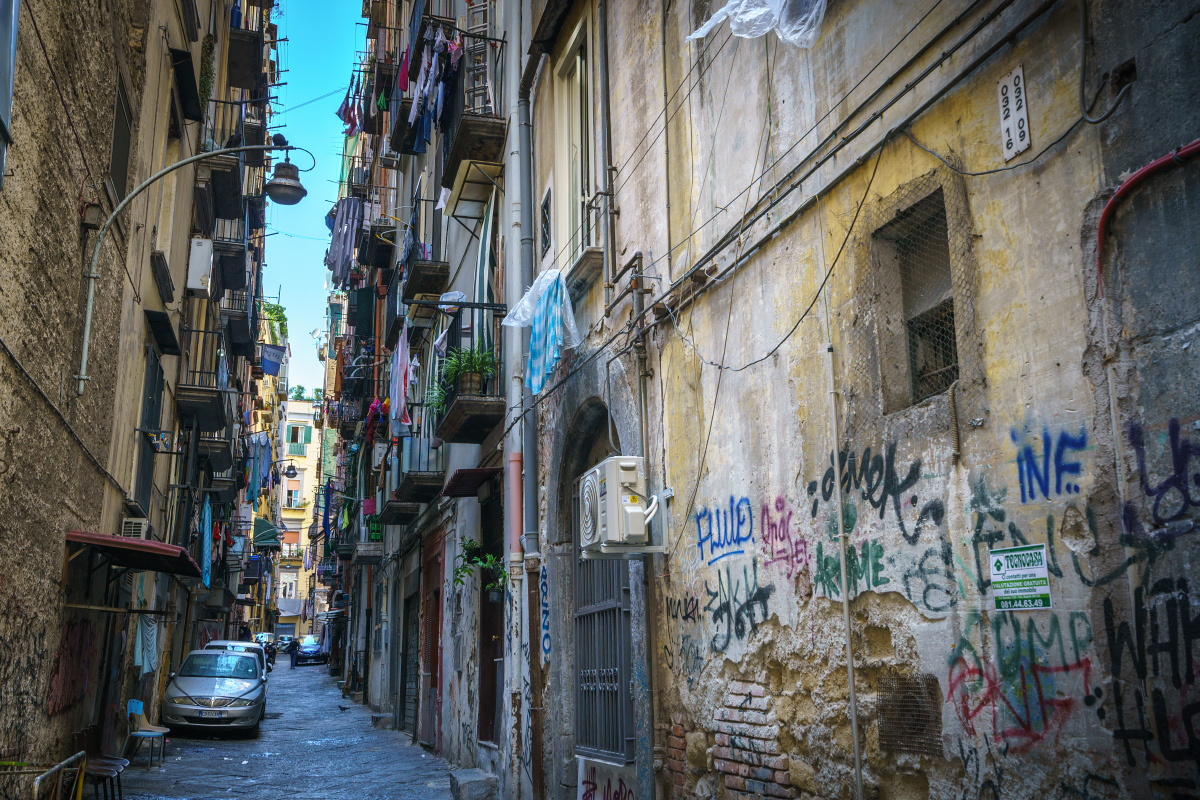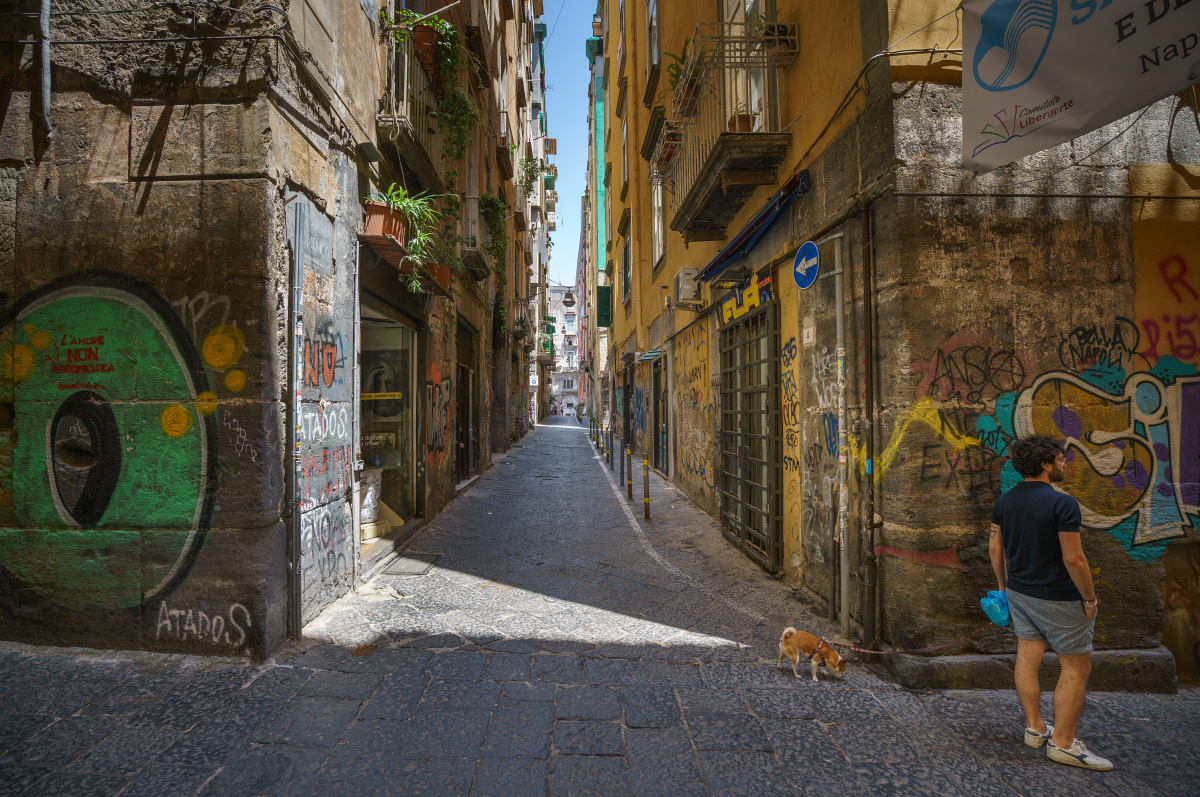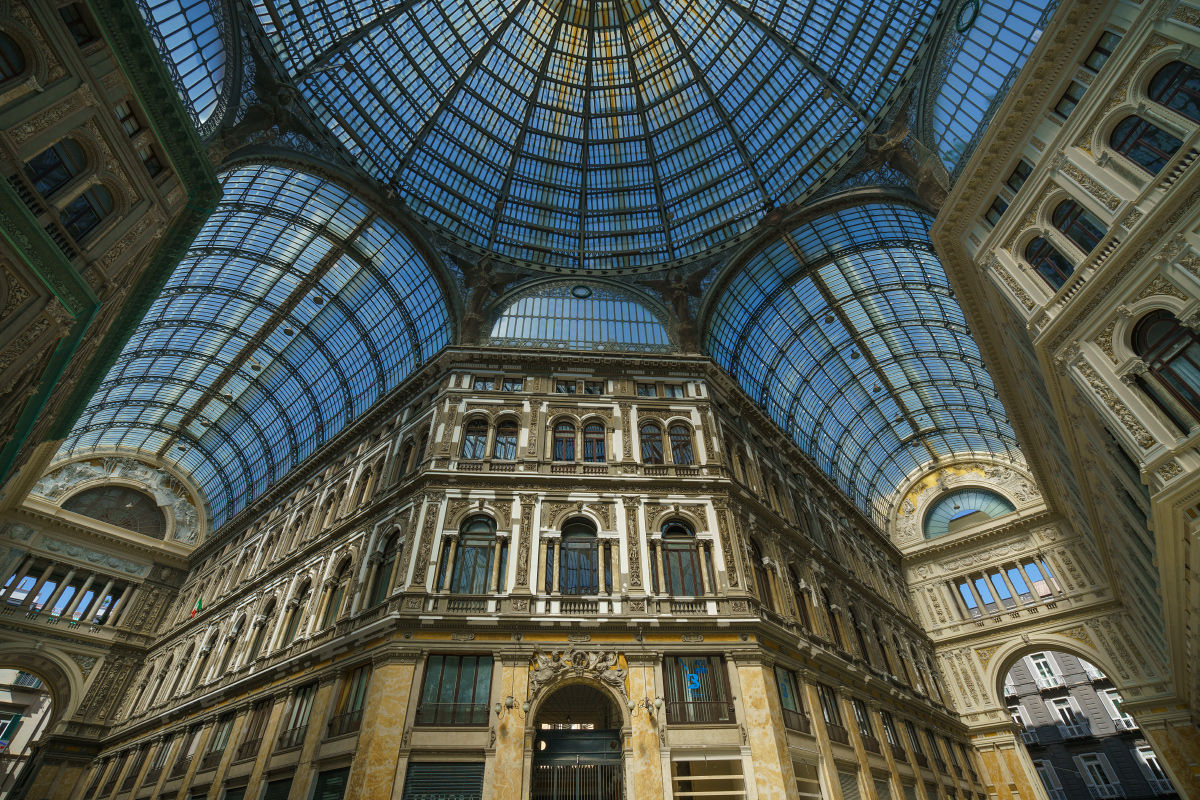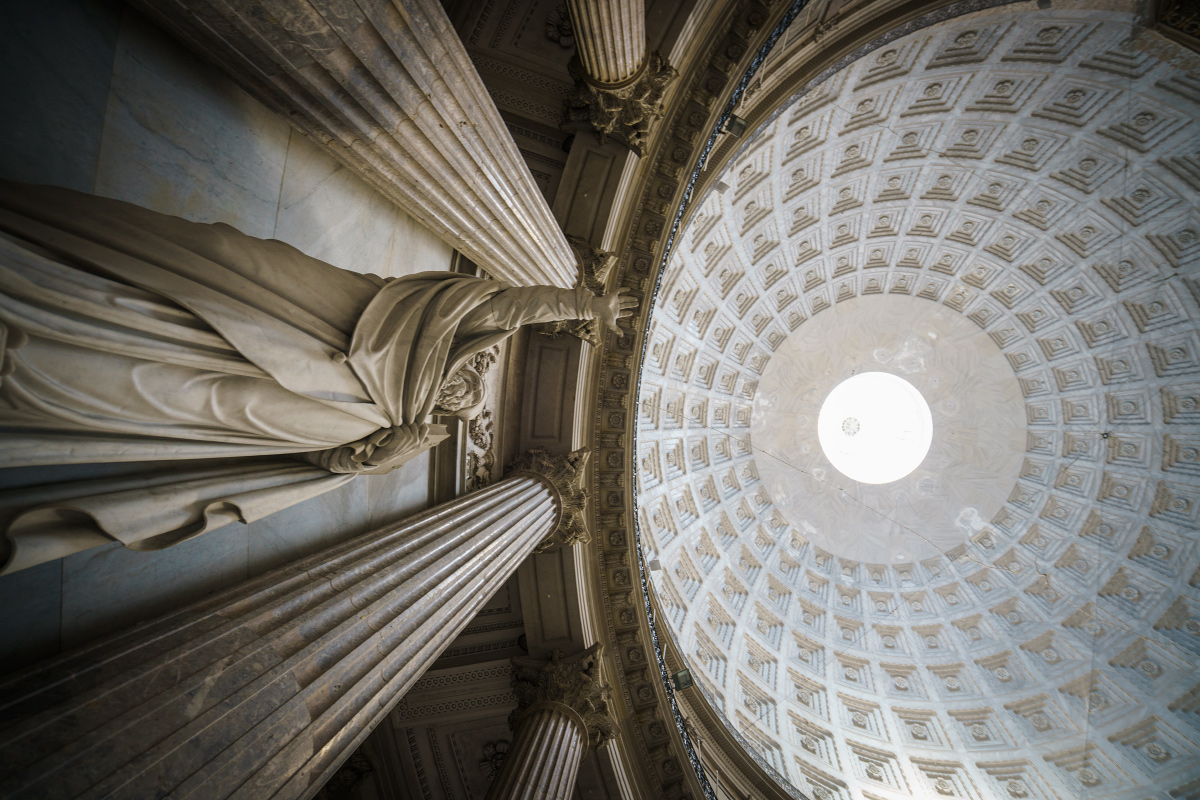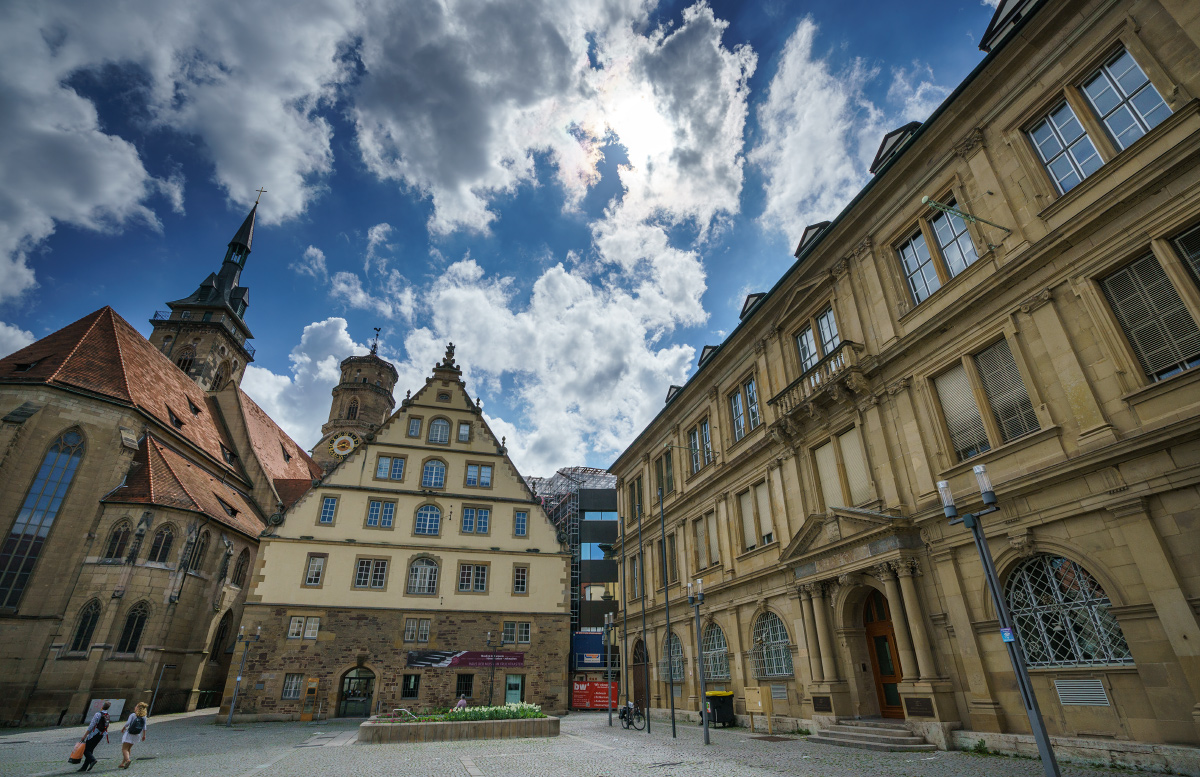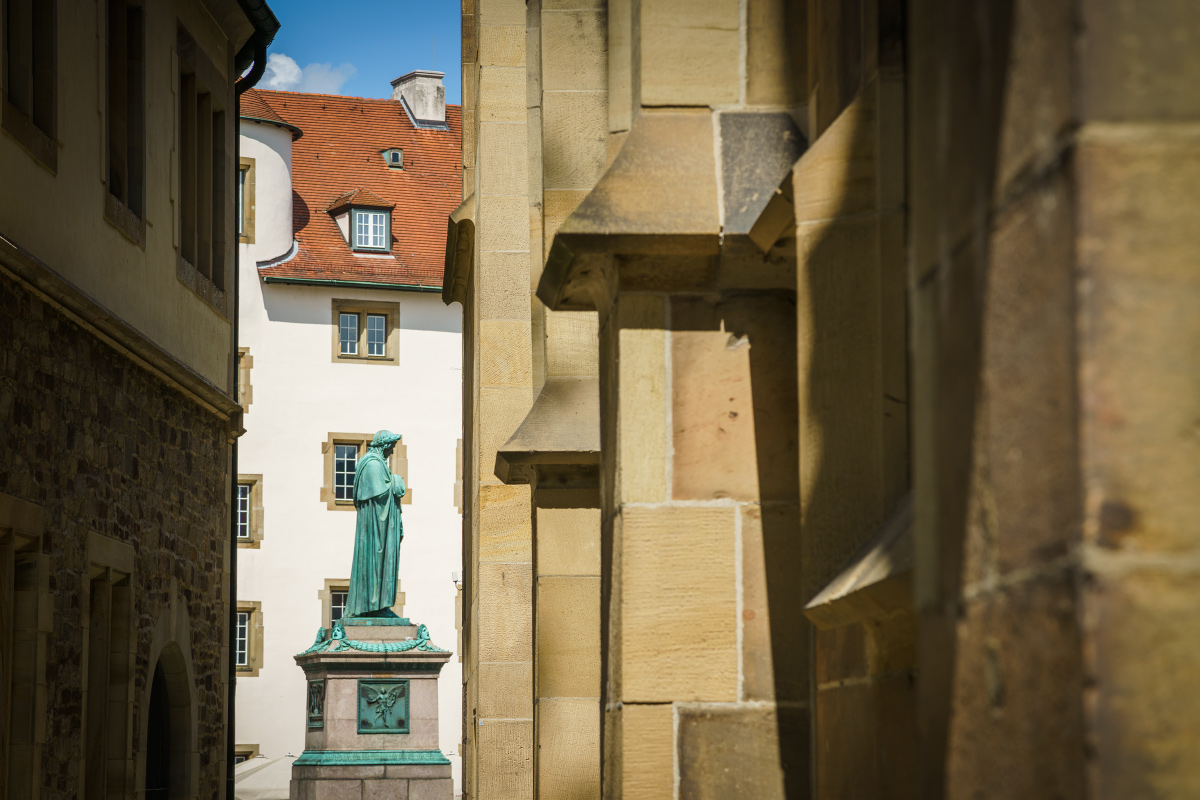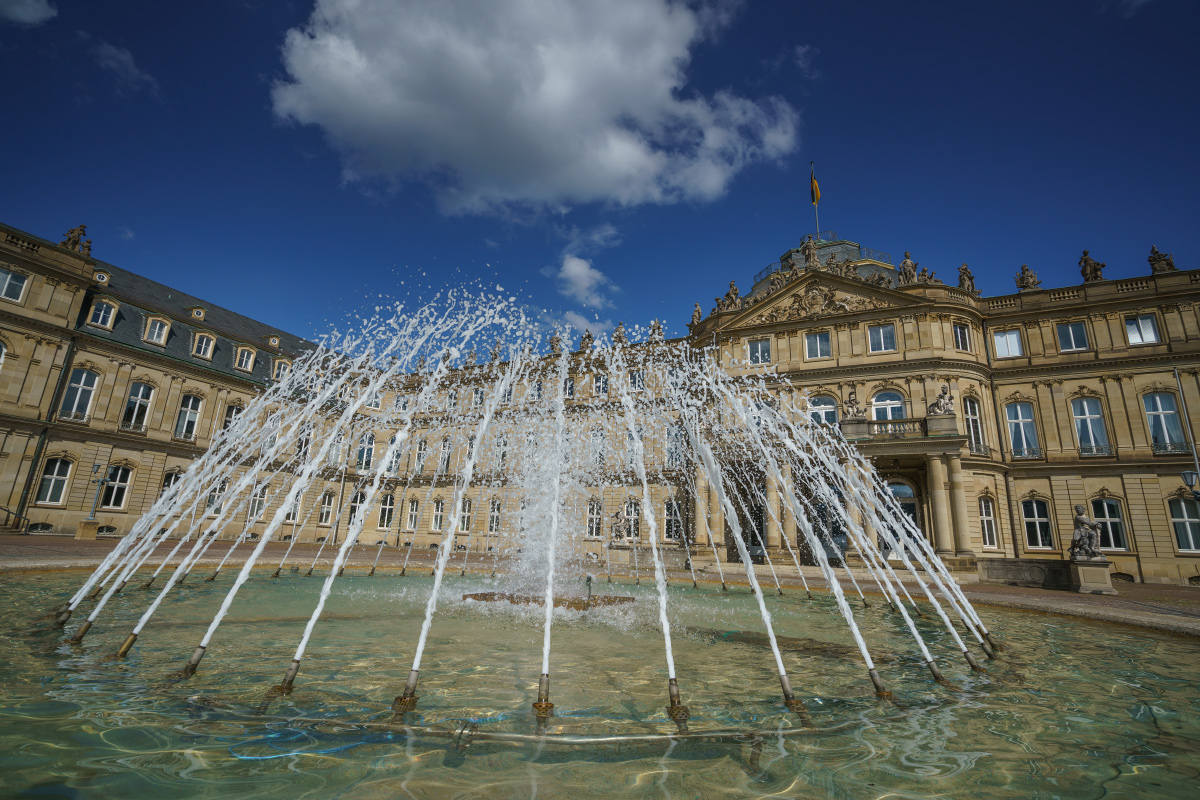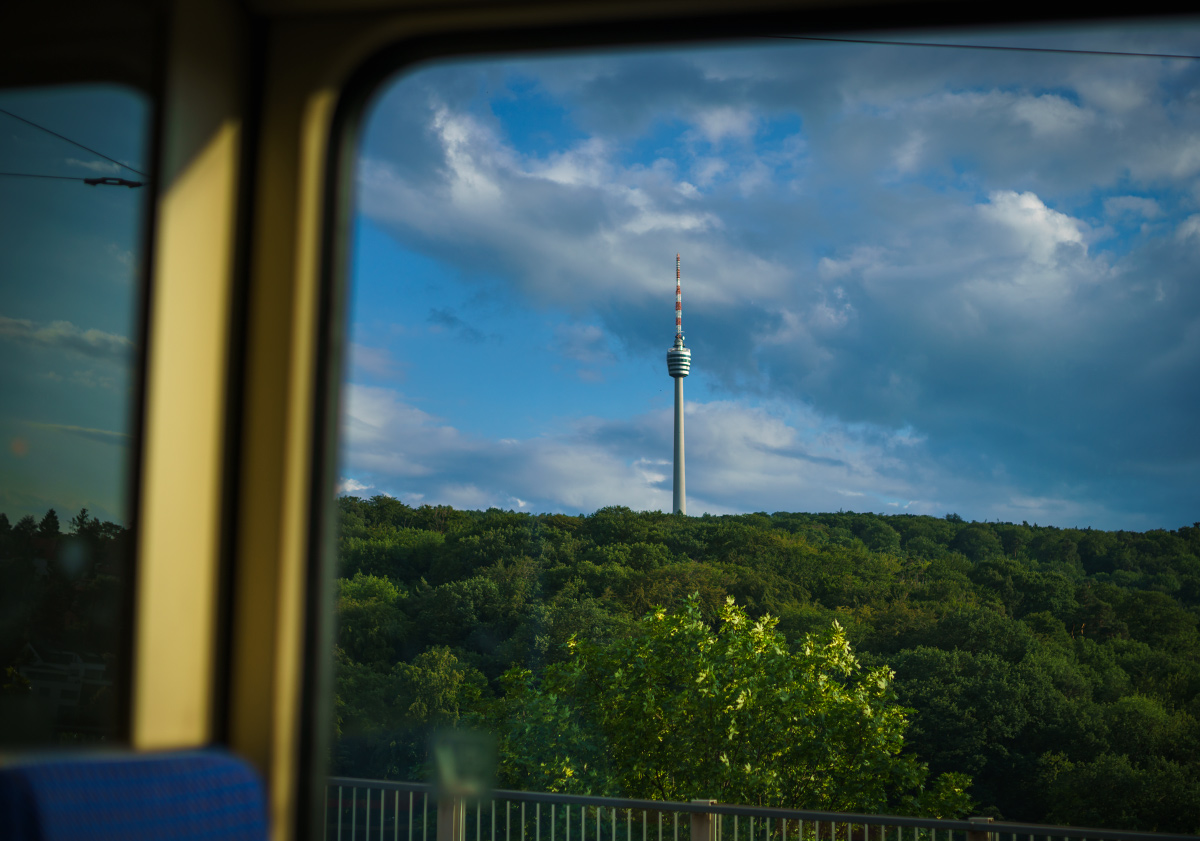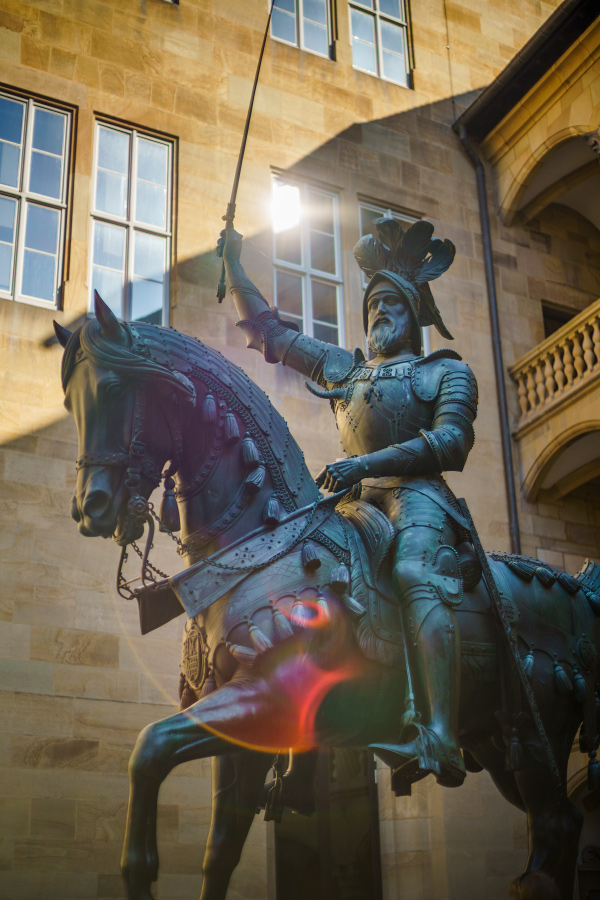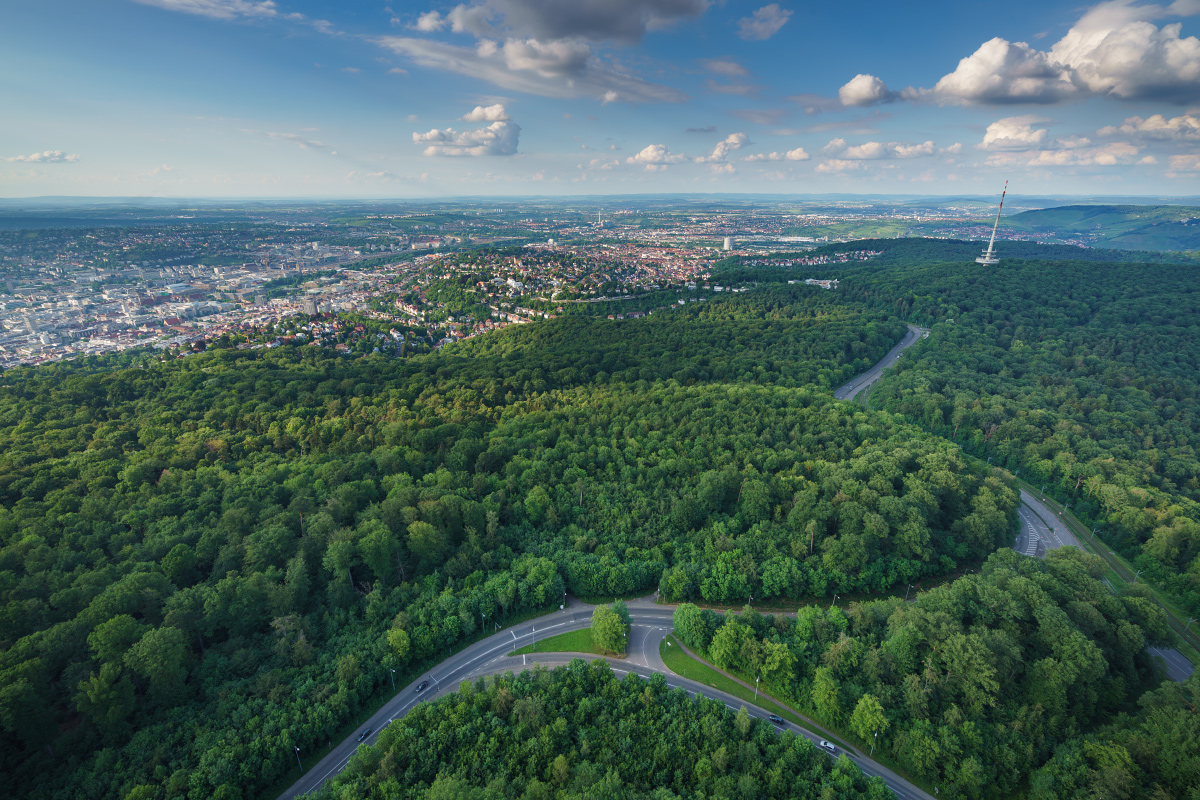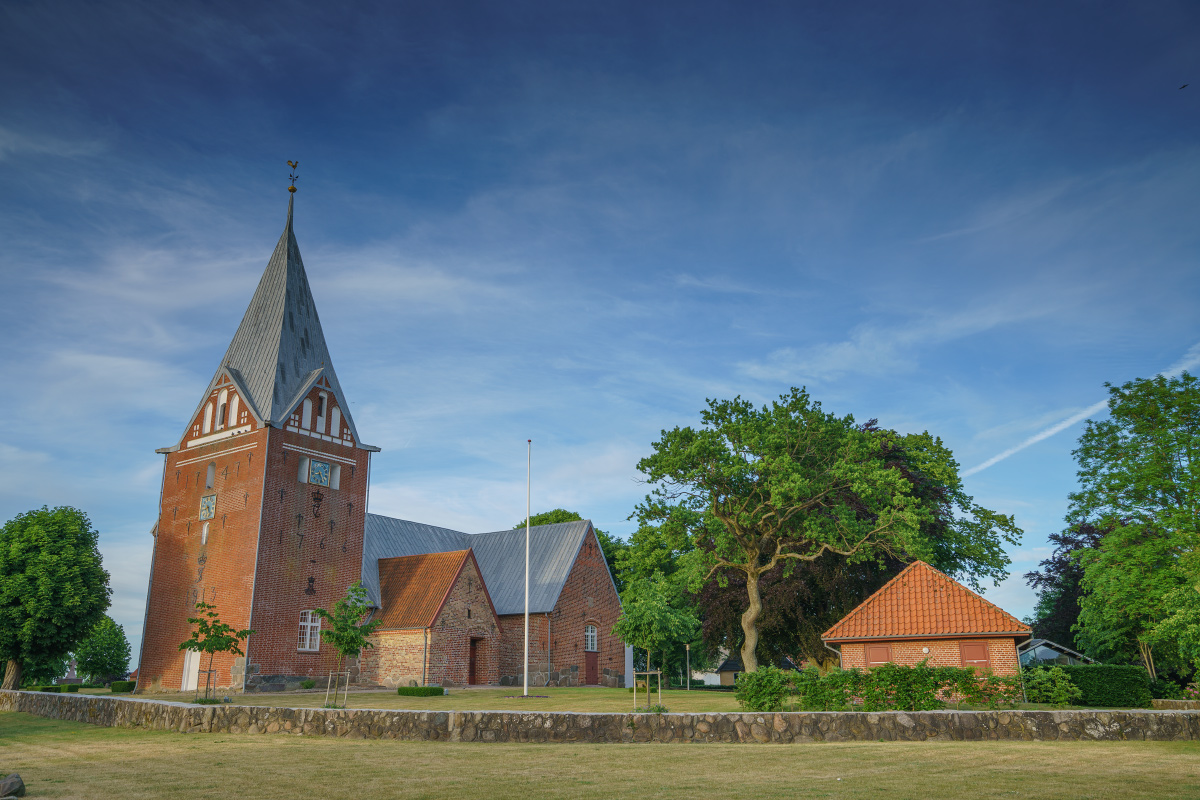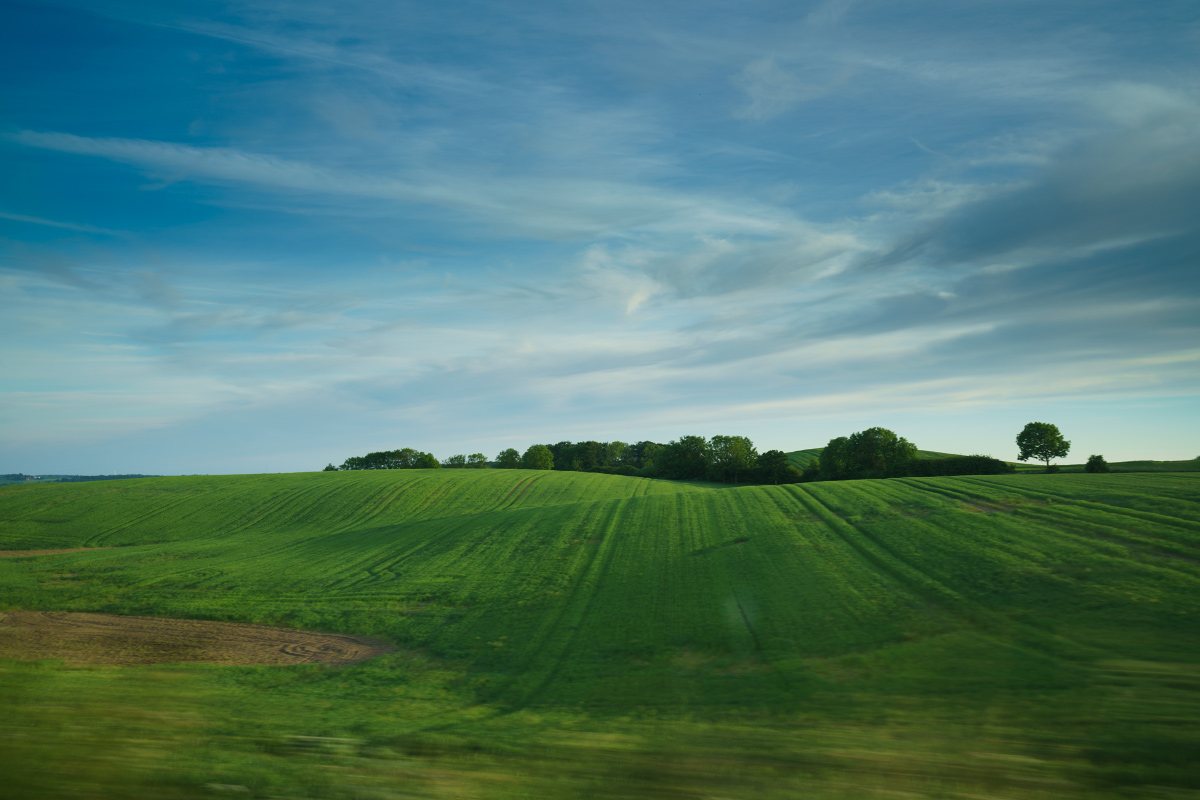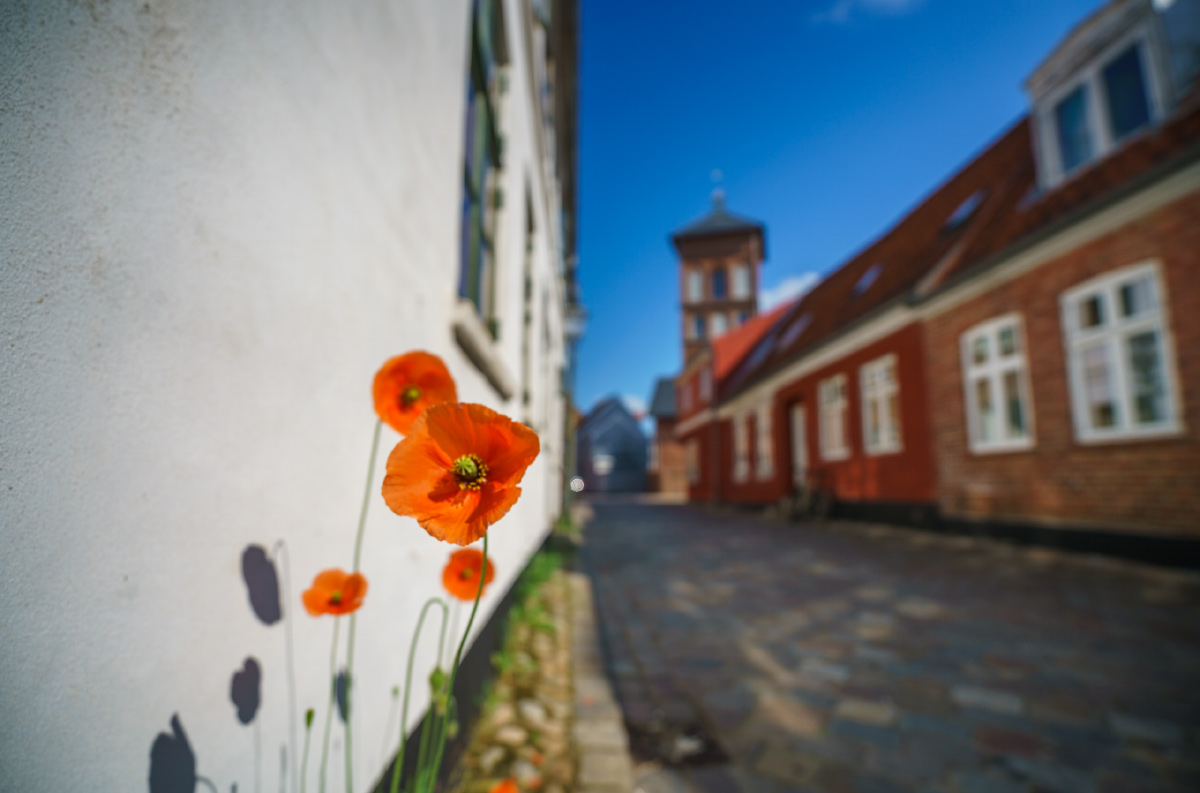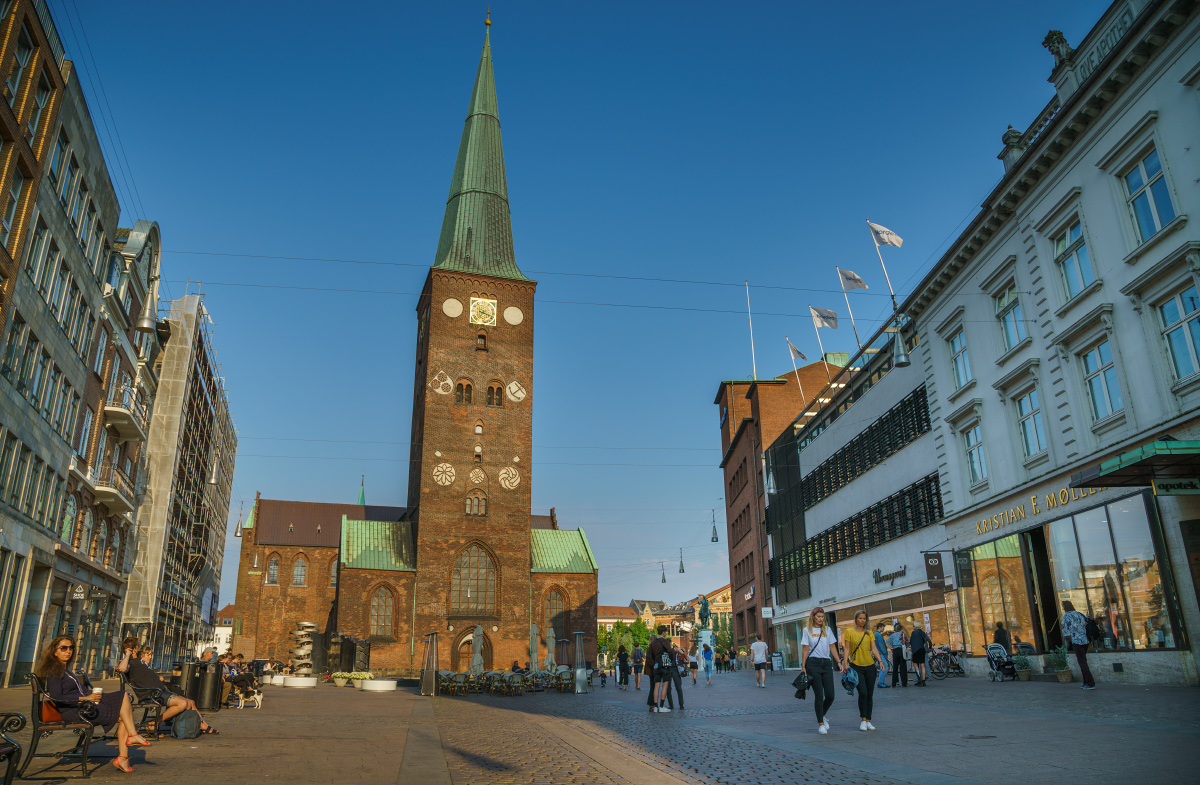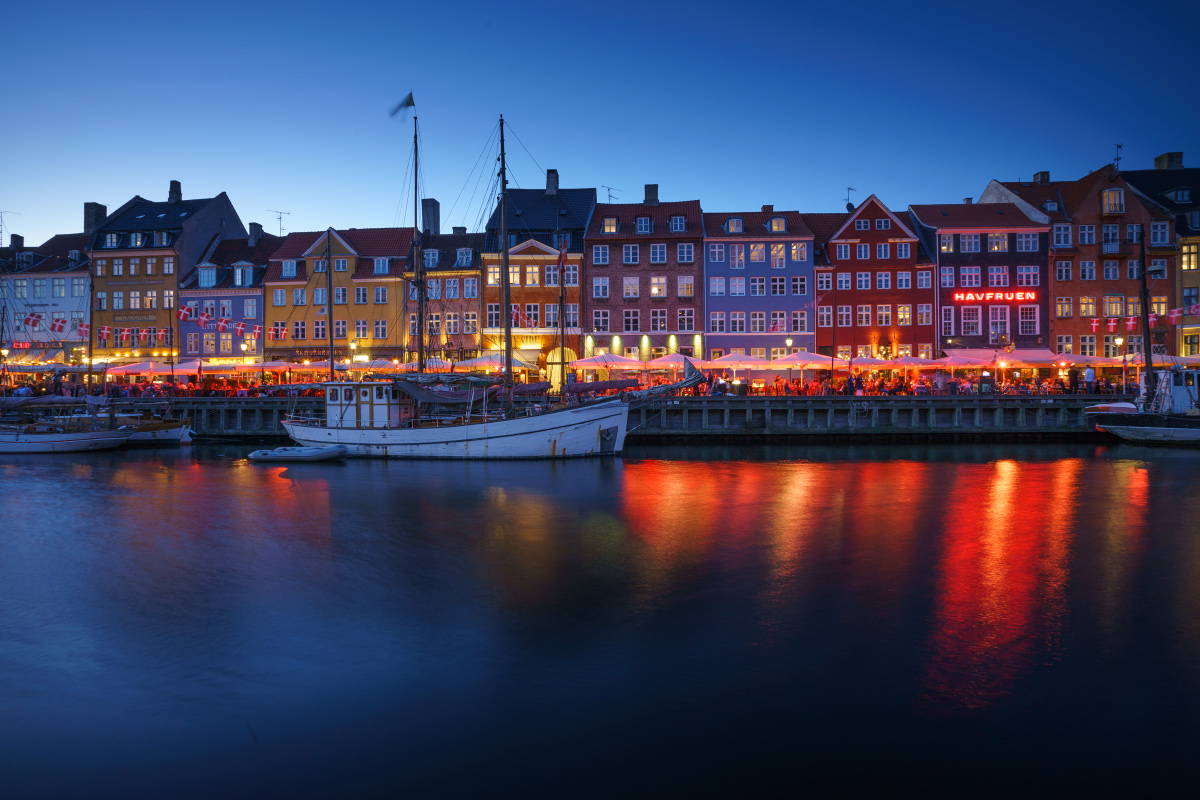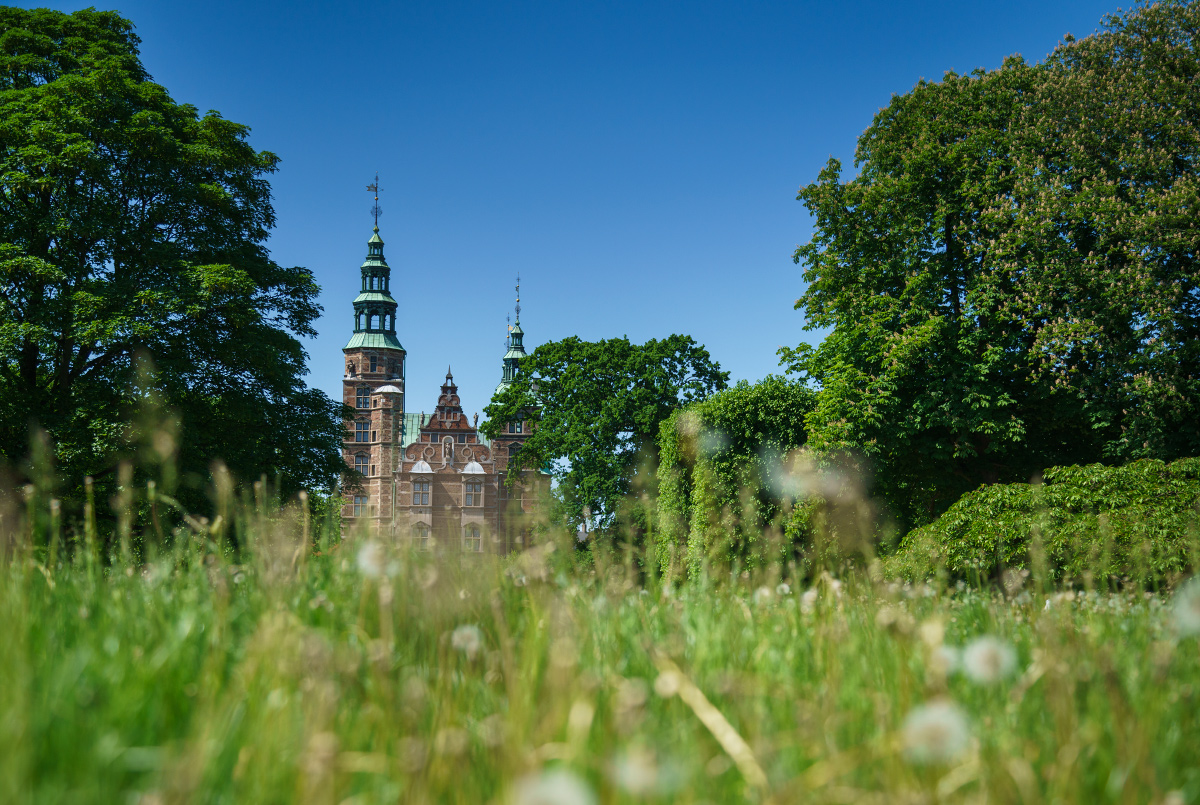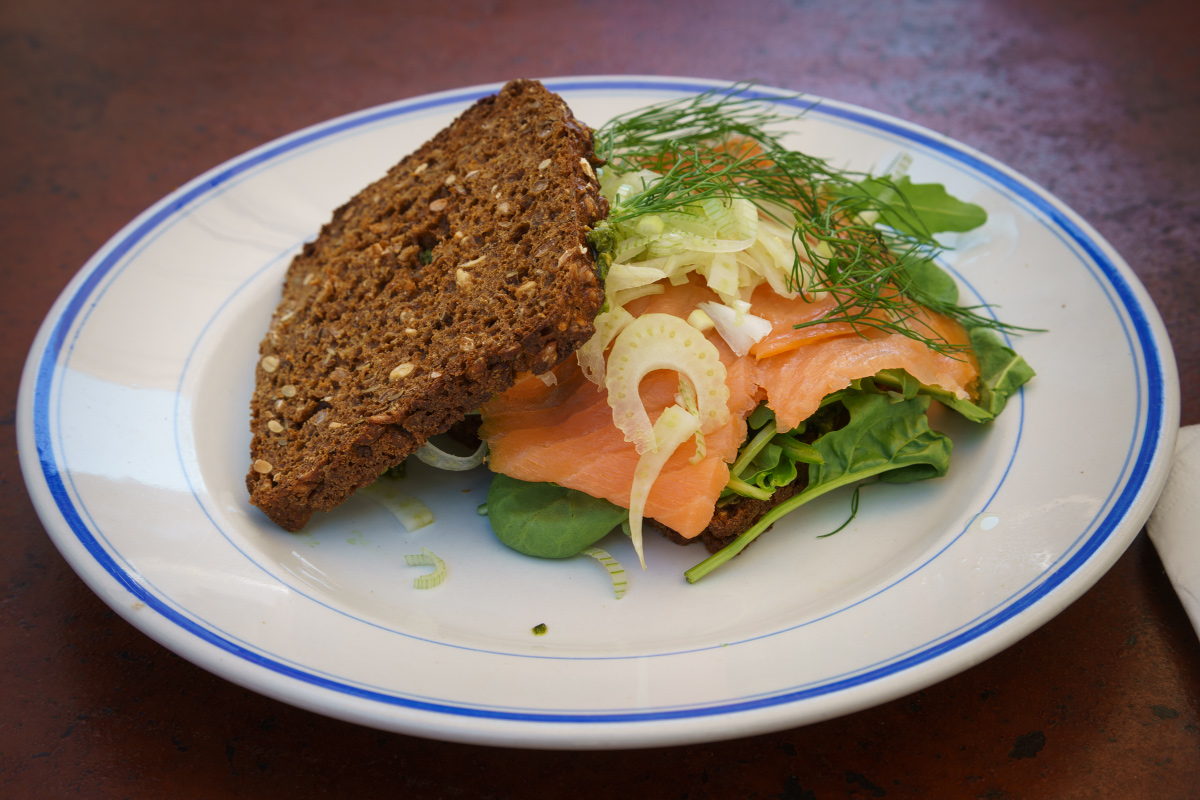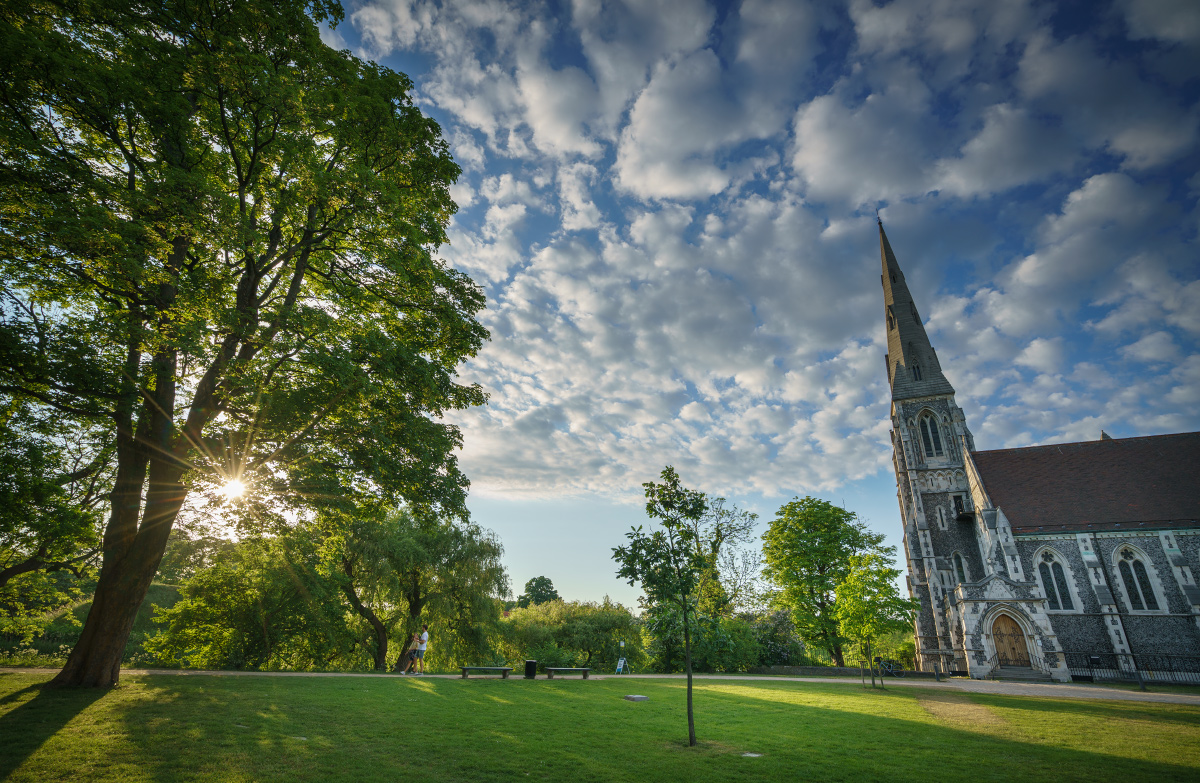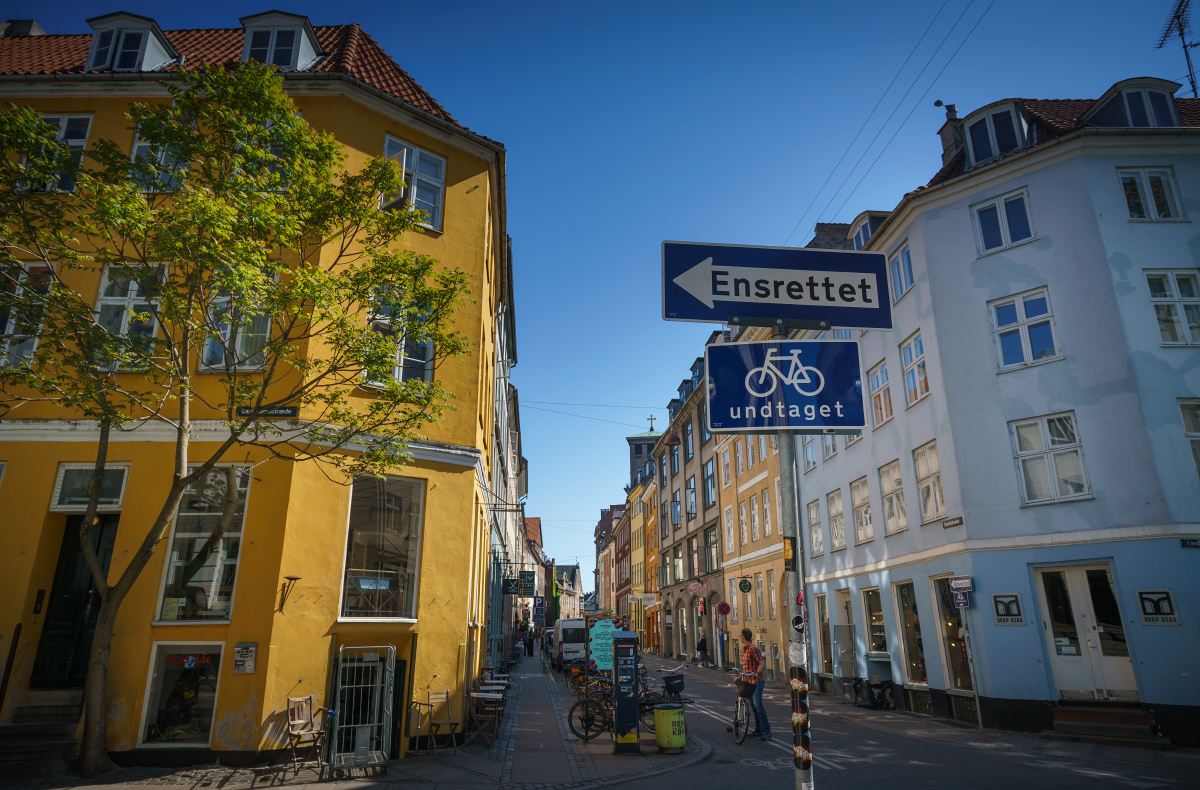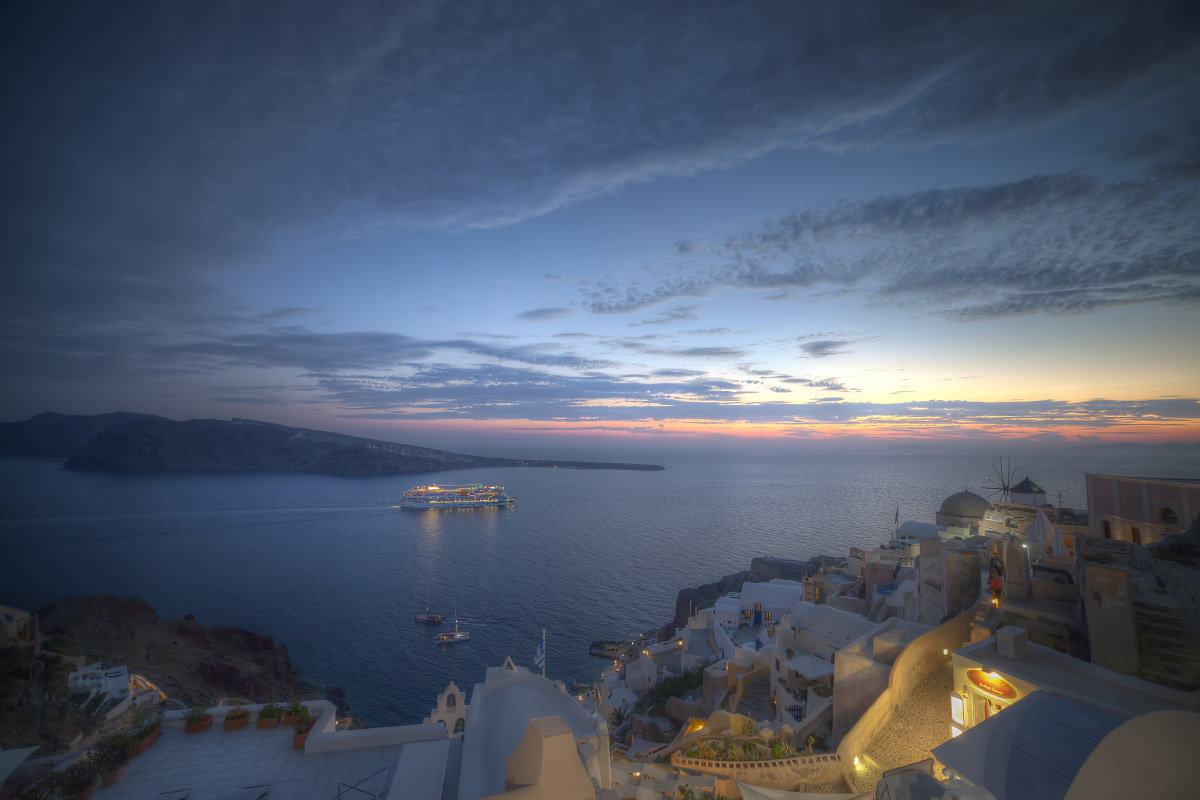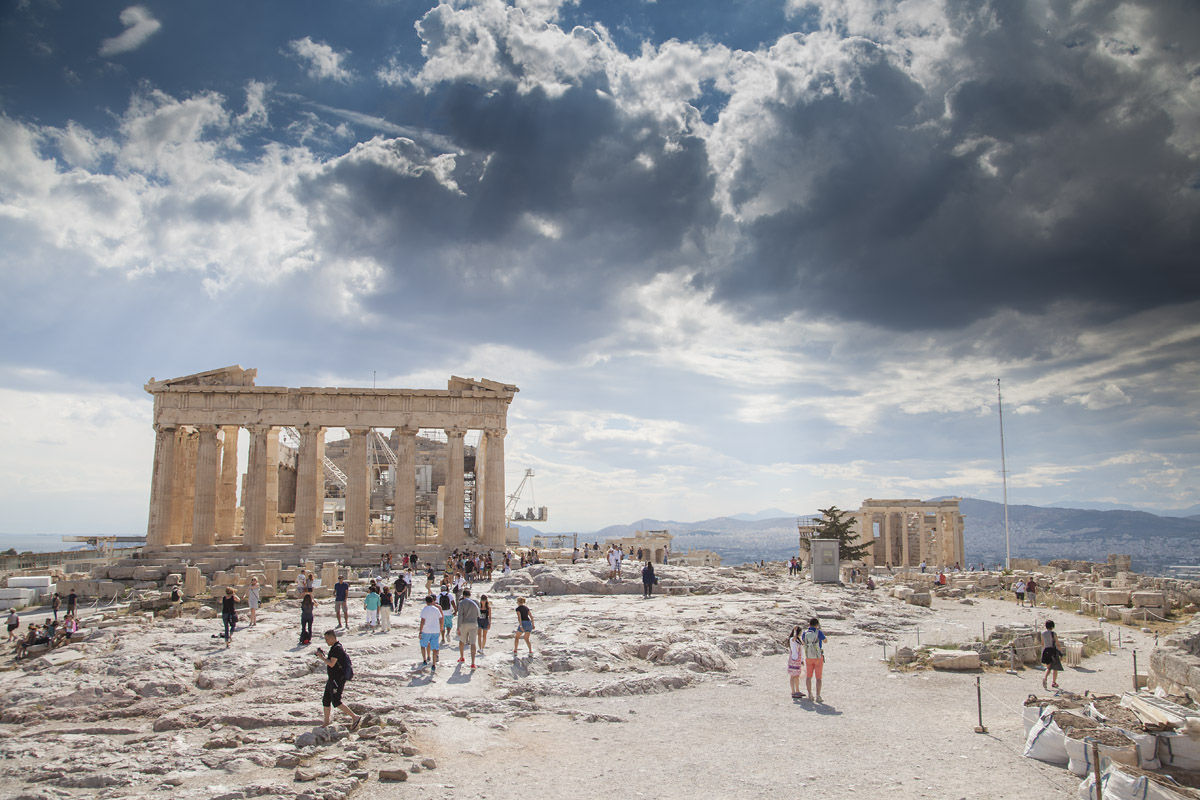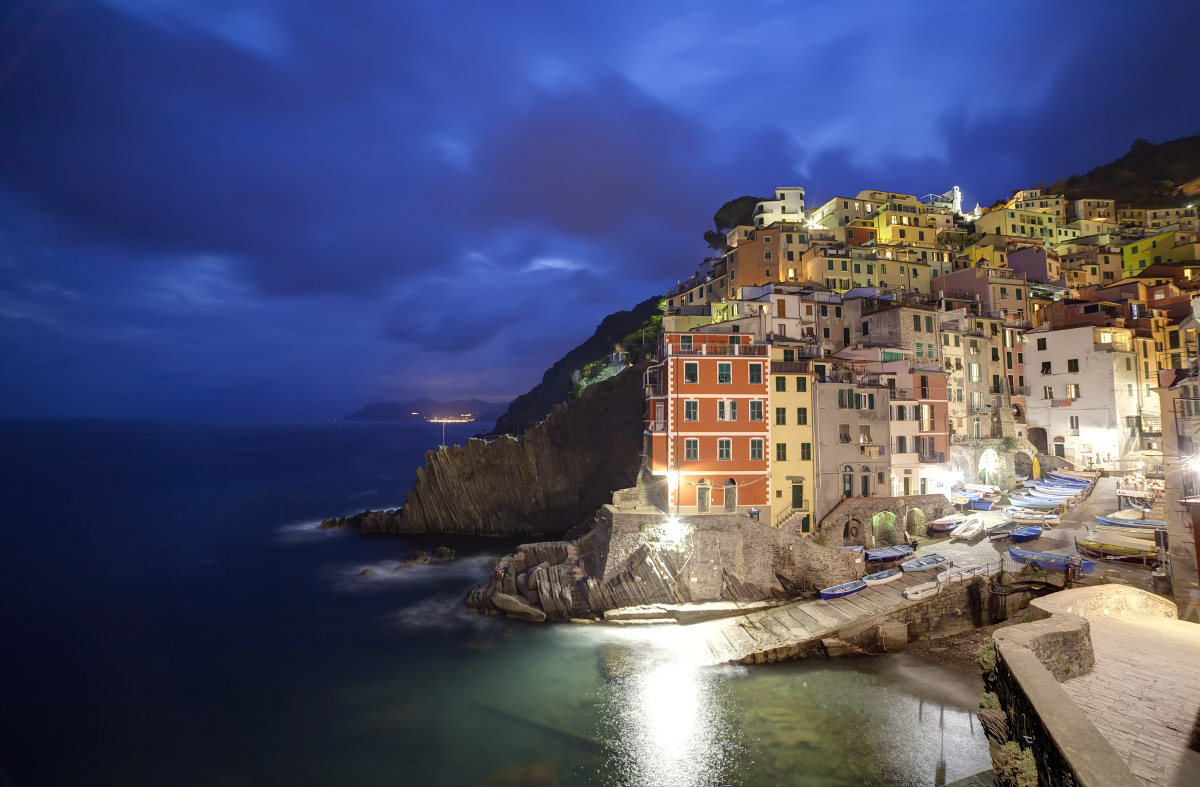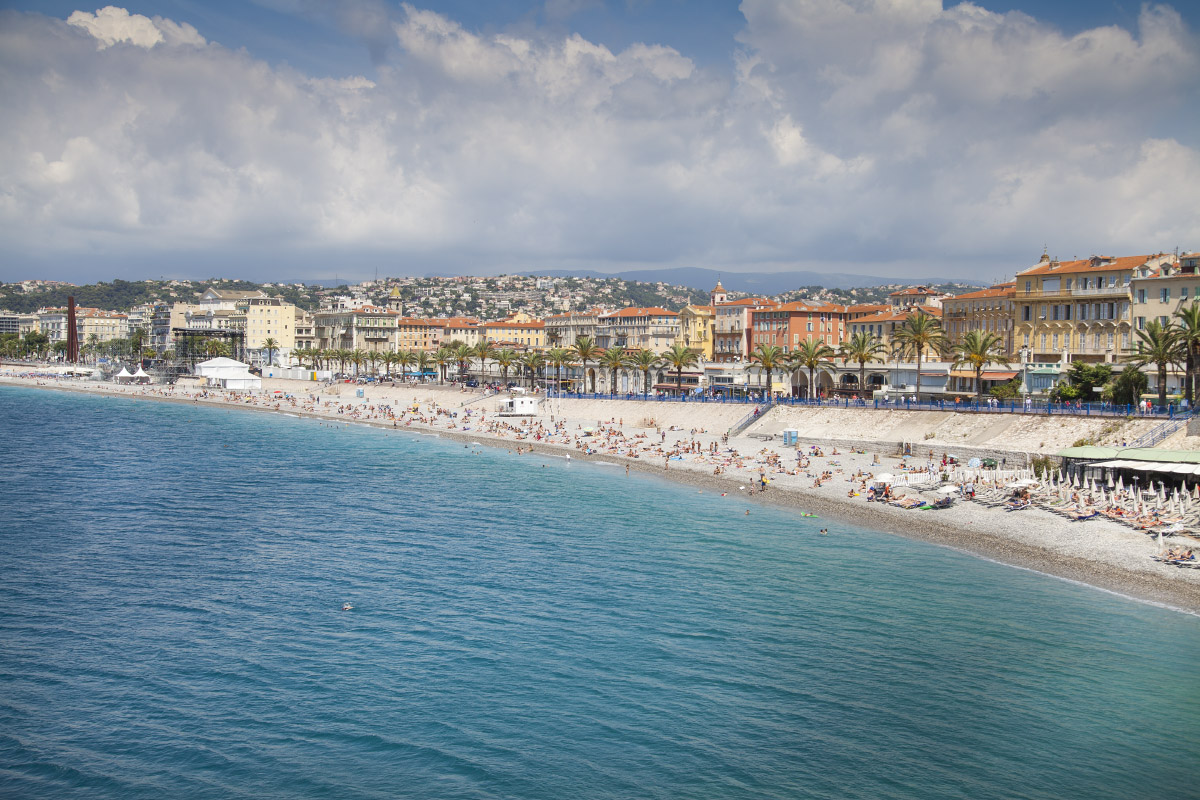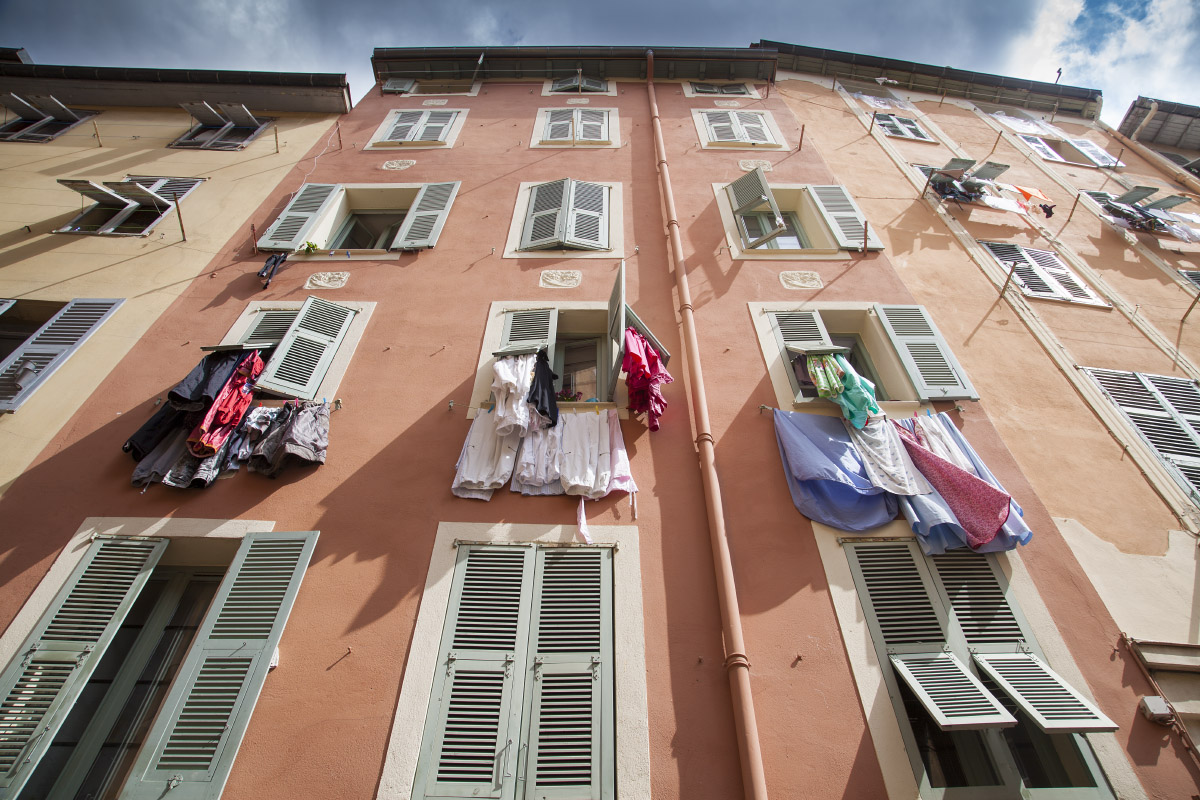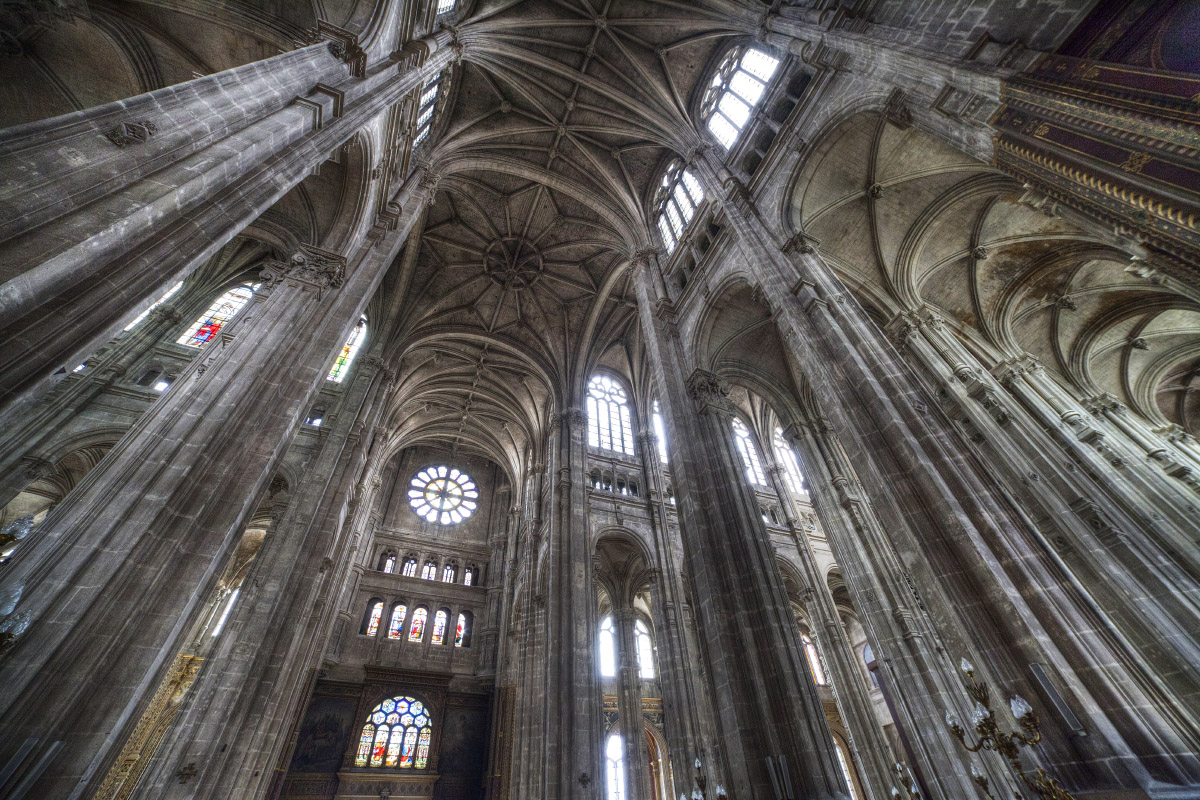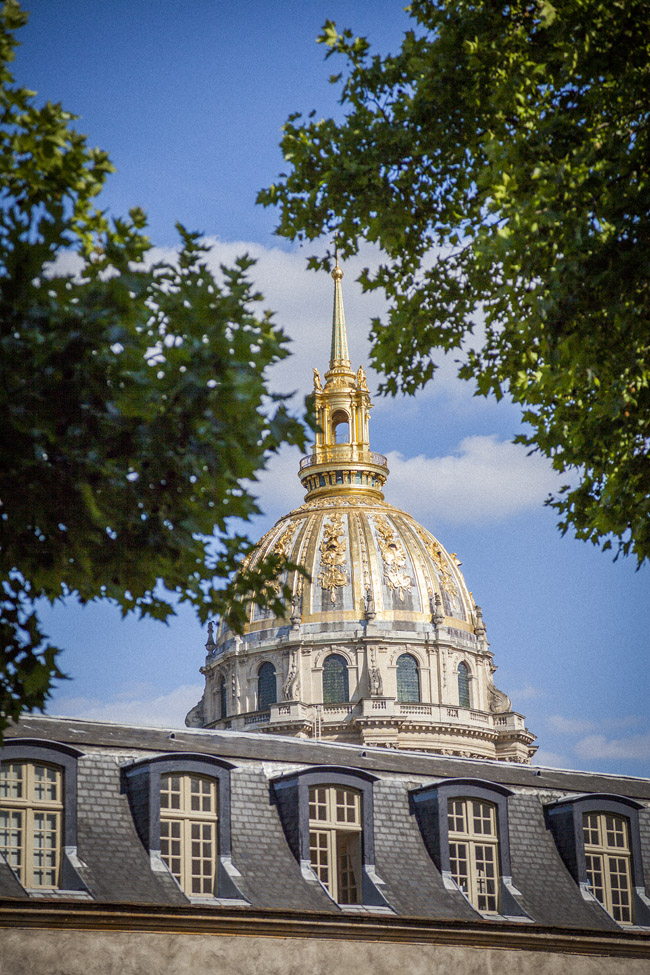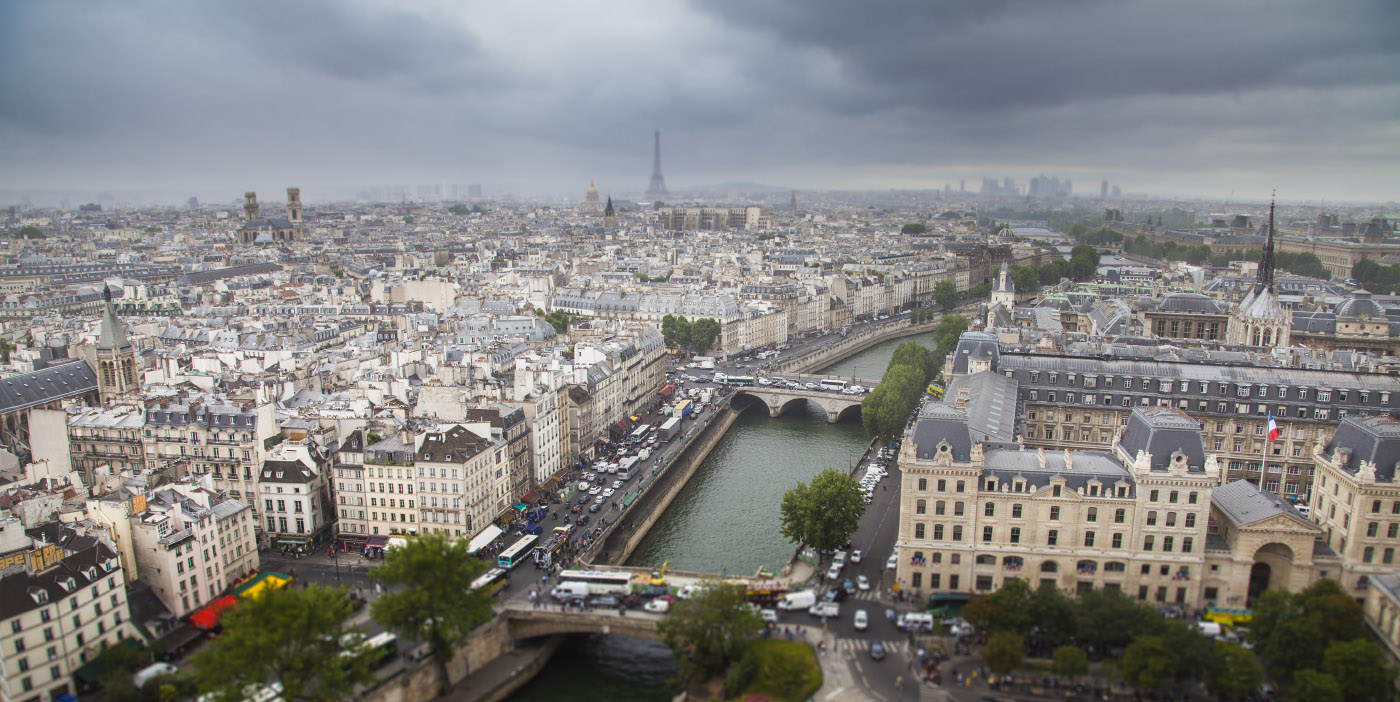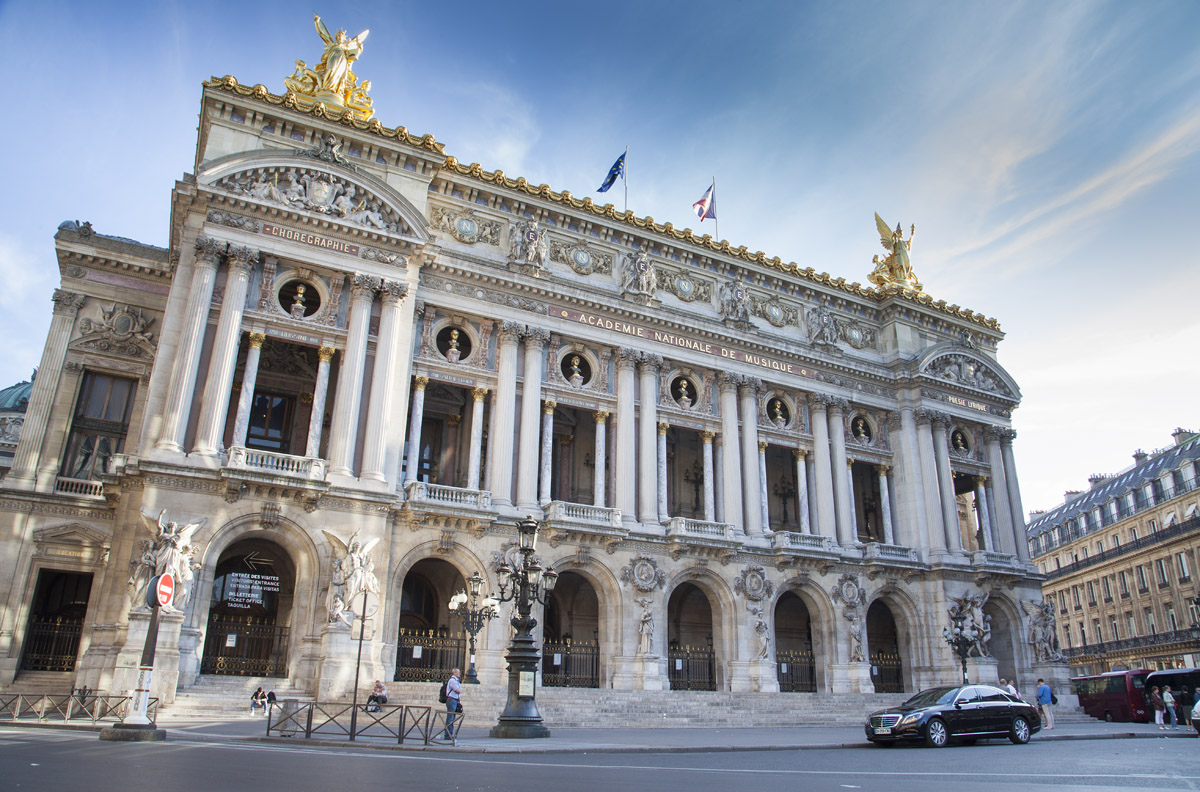Naples: The virtue of a magnificence lost
Stuttgart
Perhaps not as well known as some of Germany’s other big centers, Stuttgart is one of the four main metropolitan areas of the country – and also sits in the center of mainland Europe. The area is known for many things, to some its the green forested hills of the surrounding Black Forrest, to others it’s known the cradle of the automobile – home to Mercedes-Benz, Maybach, and Porsche. Historically part of many kingdoms and states, the region is full of palaces and castles of dynasties of the past and present. Stuttgart is a great place to see Germany, the grand and the charming, the old and the new.
The Denmark We Know and Love
Between the North Sea and the Baltic, The Danish kingdom was established during the age of the Vikings in the 10th century. Over the course of a millennia, it has become one of the most socially, economically developed countries in the world. As a visitor to Denmark, you’ll be charmed by small towns, rolling green hills, and a rich cultural identity. In a week, at a good pace, you can see all four corners of the country, but Denmark is probably best seen at a leisurely pace to enjoy the simple things that make Denmark special. From Aarhus to Odense, Skagen to Aabenraa, this is a little taste of Denmark. Click here for the gallery, also check out the Copenhagen gallery for more Denmark.
Old Monarchy
Copenhagen is the modest capital of Denmark, and seat of Europe’s oldest monarchy. In summertime, the days are long and this colorful city comes alive. The harbor buzzes with patios, the gardens bloom, and there is a sense of enjoyment in the air. Like the local people, this city is organized, progressive, and seems to be predisposed with a pleasant affect. It’s a city that is unquestionably beautiful, but it also never feels overwhelming; there’s almost a small town charm to this place that contrasts with many big European capitals.
Click here to see more!
Istanbul
One of the great historical cities of the world, Istanbul is the largest and most important city in Turkey. Istanbul is a (relatively) new name for a very old city: Constantinople and even earlier than that, Byzantium. Prior to invasion of the Ottomans in 1453, Constantinople was the capital of the Eastern Roman Empire, and the city flourished for a thousand years, literally. More recently after that date, the city has been called the “stronghold of Islam”, and for the past 500 years under the Ottomans and Turks, the city has flourished yet again.
Why is this ancient Christian Mosaic hidden under the walls of Hagia Sophia, one of the city’s oldest mosques?
You can see history play out in architecture. Hagia Sophia did not begin as a mosque; it was in fact constructed as a massive orthodox Christian church in 537AD, when the city was still called Constantinople. After 1453, and nearly ever since, it has been a mosque. Only after secularization of the country was it possible to pull off layers of paint and plaster to reveal these ancient artworks.
Istanbul is a modern metropolis at the crossroads between Europe and the Middle East. It’s a city of hundreds of mosques populating the ancient city’s canopy, with a new and modern skyline rising across the Bosporus, indicative of the city’s success as a modern business economy.
Enjoy the gallery by clicking here.
Santorini
In southern Greece, the remains of an ancient volcanic eruption have formed an island like none other. Santorini. Steep cliffs in a 12km semi-circle around an old volcano is now what they call the Caldera, and it provides the trademark view of the Greek islands. An apartment/hotel in a white Cycladic house built into a cliff of volcanic ash is unlike anywhere you’re likely to stay. Santorini feels like it was built by a different civilization on a different planet. Being nearly 1000ft above the sea, the views are spectacular and the sunsets are epic. Enjoy the pictures by clicking here.
Finding that perfect Greek island.
Naxos has beauty that is postcard worthy. But so do many of the other Greek islands, so why did we end up in Naxos?
Naxos was once the center of the Cycladic culture. Plenty of ruins exist from this Bronze Age culture that prospered even before the Greek Empire. Today its an island of beautiful beaches, crystal clear water, old churches and white Cycladic cubic houses. The beaches are lined with a strip of local “tavernas” or restaurants with simple rooms for rent on the second floor. Naxos has that postcard scenery with a quiet atmosphere – in a place where you can rent an apartment right on the beach for less than your paid for the ferry ticket.
I loved Naxos. It was perfect. We split our time in the Greek islands between Santorini and Naxos and were rewarded with the decision. Santorini is undoubtedly a special place on this world like none other. It’s spectacular. People come from all over the world to experience the Caldara views – I’ll have a post on it soon. Naxos was just the perfect opposite. Our beachside apartment was beautifully unremarkable; A family run establishment on the second floor of a grocery store /souvlaki restaurant. The beach with the clearest, bluest water you can find anywhere was just outside our window. There’s not much to do other than relax, listen to the lapping water, and decide in which tavernas you’ll end up at for dinner.
Athens
We had a great short stay in the cradle of western civilization. With a golden age stretching back to the classical era some 2500 years ago, it’s no wonder the city feels ancient and full of history. On the mountain at the center of the city on which the great classical temples stand, the views of the sea and surrounding valleys are tremendous; you get the sense that this is the mythical place where Greek legends of Athena and Poseidon may have originated. The lighting across the valleys as the sun sets is stunning.
Side note on Greece, we had an absolutely tremendous travel experience. We heard “so-so” things about Athens in particular, and were pleasantly surprised. Athens is a big city where everything feels small scale relative to the other big capitals of Europe. It seemed like every shop/restaurant/hotel was family owned (or at the very least locally run) and big multinational chains seemed like a rarity. We had the experience of being in Greece in the days leading up to the historical referendum on creditor austerity measures in July 2015. Cash was a commodity. Greeks had every reason to be anxious or surly during a time of countrywide frustration but we saw not an ounce of that. The locals were inviting and almost always both boisterous and friendly.
The Eternal City
I can’t say much about Rome that hasn’t been said before. There are thousands of years of cultural heritage in Italy’s capital. I’ll just go ahead and link you straight to the gallery.
Cinque Terre, Italy
Five rustic Italian villages along a scenic stretch of Mediterranean coastline make up Cinque Terre. It’s a beautifully preserved world heritage site that offers a glance into seaside Italian towns dating back as far as the 11th century. Life can still be simple despite people coming from all over to see these small but dramatic places – fishermen still sell their daily catch each afternoon on the main street, the wine is still brewed locally and cultivated from the terraced grapevines, and in the afternoons locals and foreigners alike gather by the seaside for a swim. Visiting Cinque Terre was an outstanding experience. These are my captures.
Nice
Nice is Franc’s 5th largest city, and one of Europe’s oldest Mediterranean holiday destinations. It’s filled with prestigious resort hotels, lovely promenades, and a nice stone beach that stretches for miles. Interestingly, Nice is also one of the older human settlements on Earth. They’ve found archaeological remains dating back to the early Stone Age near Nice, and it was later settled by both the Greeks and the Romans. None of that is clearly evident today as you walk the typically French maritime streets, but it’s an interesting history nonetheless. Enjoy the captures, the gallery is here.
Credit to my wife Alia , my second shooter , adding a few of her own pictures to this set!
La Belle Époque: Paris
Throughout Europe’s history, Paris has taken center stage. In the 12th – 13th centuries, it was the largest and wealthiest city on the continent, and the beauty of Paris began to take shape. Under construction were many great works, such as the Notre Dame, the Louvre, and St Chapelle. Centuries later it was the heart of the French Revolution, a precursor to the French Empire under Napoleon. Paris’ golden age came in the decades prior to the first World War, ‘La Belle Époque’, where, along with infrastructure breakthroughs such as the Metro, the city became renowned worldwide for its cuisine, fashion, and arts. To this day, the city still possesses this aura of grandeur, beauty, and high culture.
Some personal commentary on Paris: speechlessness. Paris has such an enormous display of great architecture works that it almost seems unfair to the rest of the world. Even lesser known sights, such as the Gothic masterpiece that is the church of Saint-Eustache (1532-1632, pictured below), are completely breathtaking despite being off most traveler’s radar. It’s a testament to the scope of a Paris’ sights, when a nearly 500 year old church, with vaulted ceilings over 100 ft tall and original stained glass from the 17th century barely gets a footnote in a guidebook. I’ve been fortunate enough to visit Paris three times, and yet still I feel there remains much to be discovered.

